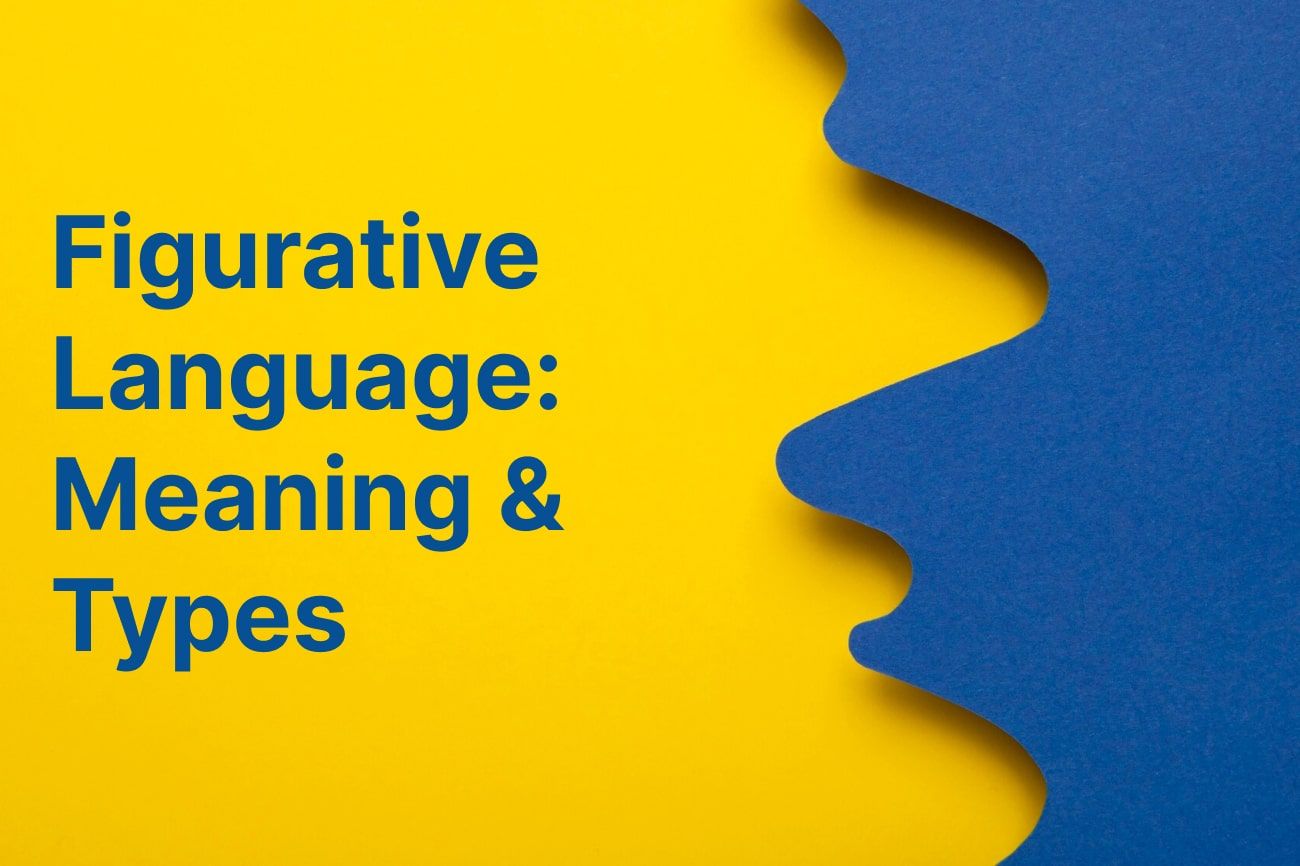Language holds incredible power to stir emotions, paint explicit pictures, and create deeper meaning. When speakers or writers want to move beyond the surface of words and evoke imagination, they often turn to figurative language.
This powerful literary device helps communicate complex feelings, abstract concepts, and vibrant imagery that literal language might struggle to express.

-
What is Figurative Language?
Figurative language involves using figures of speech to go beyond the literal meanings of words. Instead of stating facts directly, it allows the writer or speaker to use comparisons, exaggerations, and symbolic language to create a specific effect. When writers do so, readers find themselves engaged from start to end.
For example, describing a sunset merely as "the sun going down" fails to capture its beauty or emotional impact. Saying "the sky blushed in shades of orange and gold" conveys a fresh, imaginative vision that touches the senses and emotions.
-
Common Types of Figurative Language
The following figurative language examples serve a unique purpose and can drastically transform the style and impact of a message:
-
Simile
A simile makes a direct comparison between two unrelated things using the words "like" or "as." For example, "Her laughter was like the melody of a summer breeze" creates an image of something light, joyful, and delicate.
-
Metaphor
Metaphor also draws comparisons but does so more directly, stating that one thing is another. It allows for more powerful imagery and often creates stronger emotional responses. Saying "Time is a thief" does not mean time literally steals objects, but rather implies it takes moments from our lives in an unstoppable manner.
-
Personification
Through personification, writers give human qualities to animals, objects, or abstract concepts to make non-human elements feel more relatable and alive. For instance, "The wind whispered secrets through the trees" gives the wind a voice and expands the reader’s imagination.
-
Hyperbole
Hyperbole involves intentional exaggeration for emphasis or effect. It is not meant to be taken literally, but is used to create strong impressions. Statements like "I've told you a million times" or "Her suitcase weighed a ton" highlight frustration or heaviness, even though the numbers or weights are not factual.
-
Symbolism
Symbolism allows a person, object, or event to represent a broader idea or theme. For example, a rose often symbolizes love or beauty. In literature, colors, animals, and objects are frequently used to suggest meanings beyond their literal existence for an in-depth narrative.
-
Onomatopoeia
Onomatopoeia uses words that imitate the natural sounds associated with objects or actions. Words like "buzz," "crash," or "sizzle" help create vivid auditory imagery while drawing readers into the scene by appealing to their sense of hearing.
-
Alliteration
Alliteration is the repetition of initial consonant sounds in a series of words. This device adds rhythm, mood, and emphasis to phrases. "Peter Piper picked a peck of pickled peppers" showcases how alliteration can make language catchy and memorable.
-
Idioms
Idioms are phrases whose meanings cannot be figured out from the literal definitions of the words involved. "Kick the bucket" does not involve physically kicking a bucket; instead, it is an informal way to express dying. These phrases enrich language by offering colorful and culturally specific expressions.
-
A world without figurative language would be plain, factual, and unimaginative. Once you start learning and practicing different types of figurative language, you can turn your everyday communication into an art and see beyond the obvious. So, let your words dance, your ideas sing, and your stories paint pictures that speak louder than facts alone.
